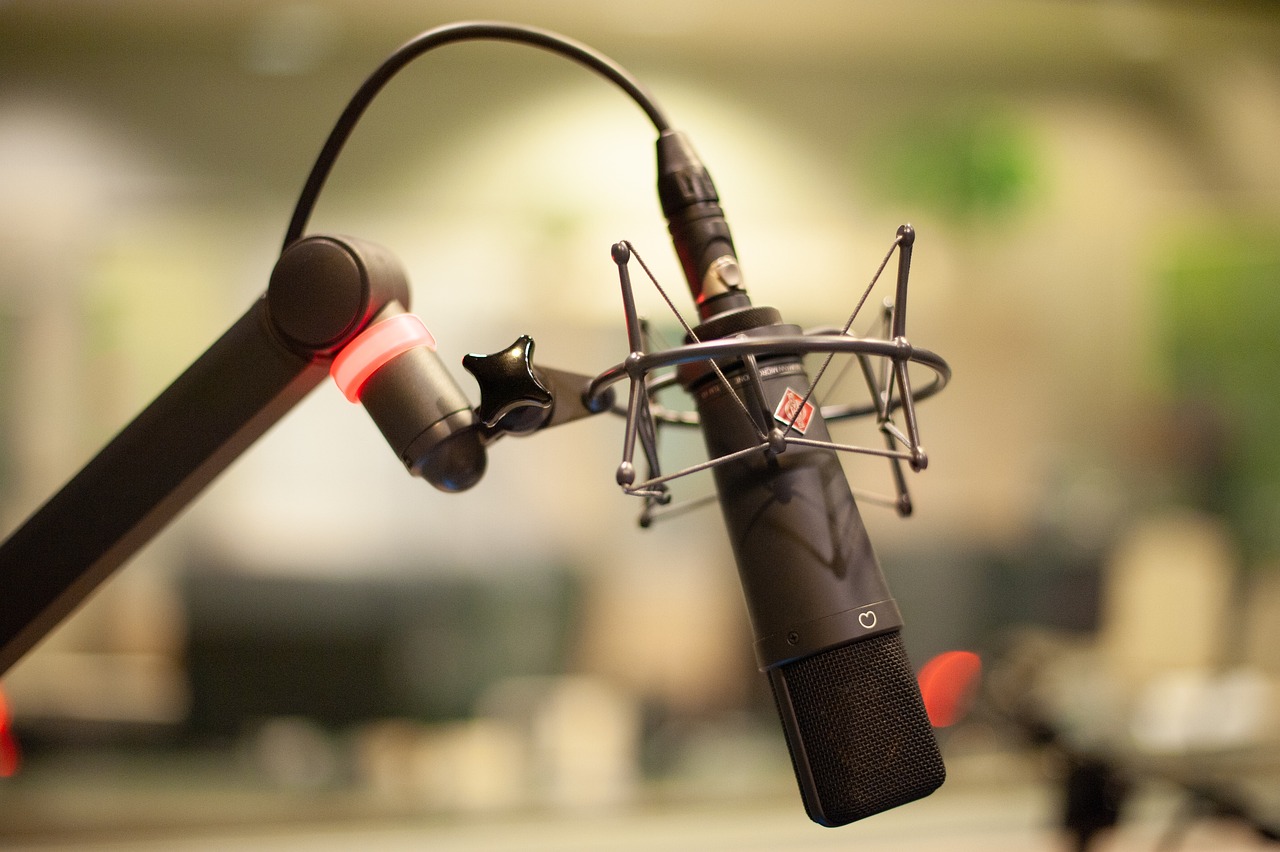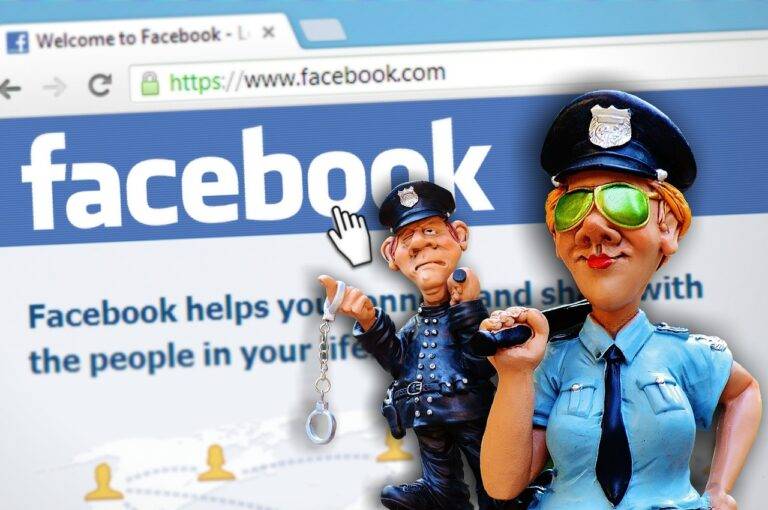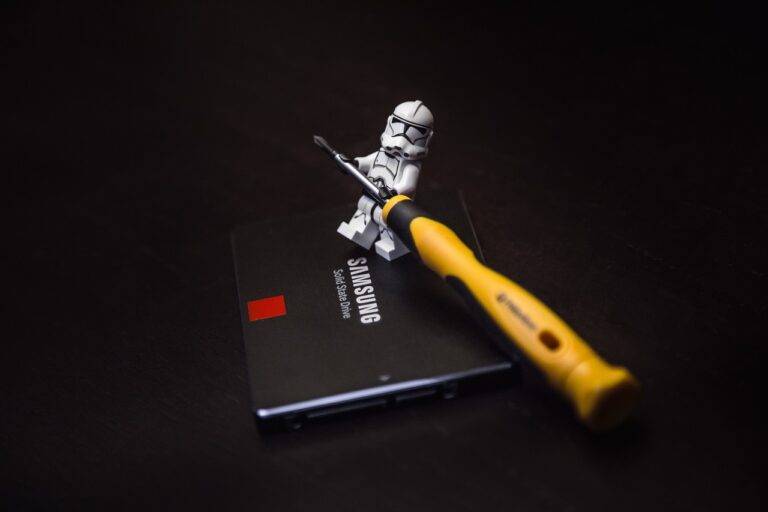The Intersection of Tech and Art
Artificial Intelligence has revolutionized creative processes across various industries. Its ability to analyze data, identify patterns, and generate innovative ideas has significantly impacted the fields of design, music, literature, and visual arts. Through algorithms and machine learning, AI can assist artists and designers in generating new concepts, enhancing efficiency, and pushing the boundaries of creativity. By incorporating AI tools in their workflow, creators can explore novel ideas and approaches that may have been difficult to conceive through traditional methods alone. Furthermore, AI can help streamline repetitive tasks, allowing artists to focus more on the conceptual and experimental aspects of their work.
In addition to aiding individual creators, AI has also been utilized in collaborative projects to facilitate interdisciplinary collaborations and cross-pollination of ideas. By leveraging AI technologies, artists from different backgrounds can come together to explore new possibilities and experiment with innovative techniques. For example, AI-generated music compositions, visual artworks, and interactive installations have sparked critical discussions about the intersection of technology and creativity. As AI continues to evolve, its role in the creative process is likely to expand, providing new opportunities for experimentation, exploration, and artistic expression.
Virtual Reality in Art Exhibitions
Virtual Reality technology has been making a significant impact in the world of art exhibitions, offering a unique and immersive experience for viewers. By donning a VR headset, visitors can step into a whole new world where they can interact with art installations in ways that were previously impossible. This innovative approach creates an engaging atmosphere that blurs the lines between the physical and digital realms, enhancing the overall art appreciation experience.
Artists have also been embracing Virtual Reality as a medium for showcasing their creativity in a more dynamic and interactive manner. The technology allows them to push the boundaries of traditional art forms, experimenting with new techniques and storytelling methods. Through Virtual Reality, artists can transport viewers into their creative vision, allowing for a deeper connection and understanding of the artwork presented.
How is artificial intelligence being used in creative processes in art exhibitions?
Artificial intelligence is being used in creative processes in art exhibitions through various means such as generating art, enhancing visual effects, and providing interactive experiences for viewers.
What are the benefits of incorporating virtual reality in art exhibitions?
Incorporating virtual reality in art exhibitions allows for a more immersive and interactive experience for viewers, creating new opportunities for artists to showcase their work in innovative ways.
Can virtual reality technology enhance the accessibility of art exhibitions?
Yes, virtual reality technology can enhance the accessibility of art exhibitions by allowing individuals to experience art from anywhere in the world, regardless of physical limitations or location.
How can artists incorporate virtual reality into their creative process?
Artists can incorporate virtual reality into their creative process by using VR tools to visualize their ideas, experiment with new techniques, and create interactive installations that engage viewers in unique ways.
What are some examples of art exhibitions that have successfully integrated virtual reality technology?
Some examples of art exhibitions that have successfully integrated virtual reality technology include immersive VR installations, virtual art galleries, and interactive VR experiences that blur the lines between the physical and digital worlds.





